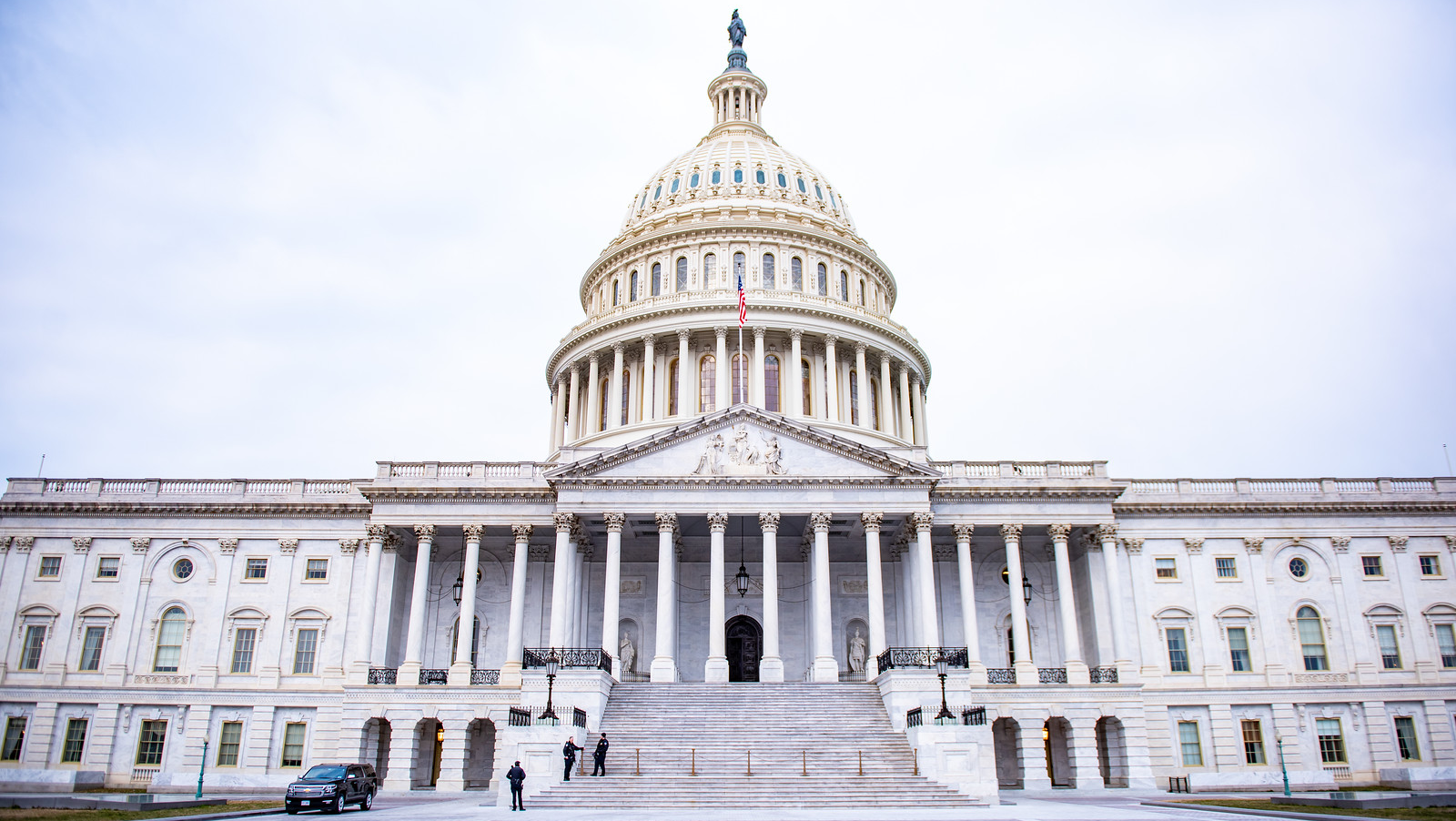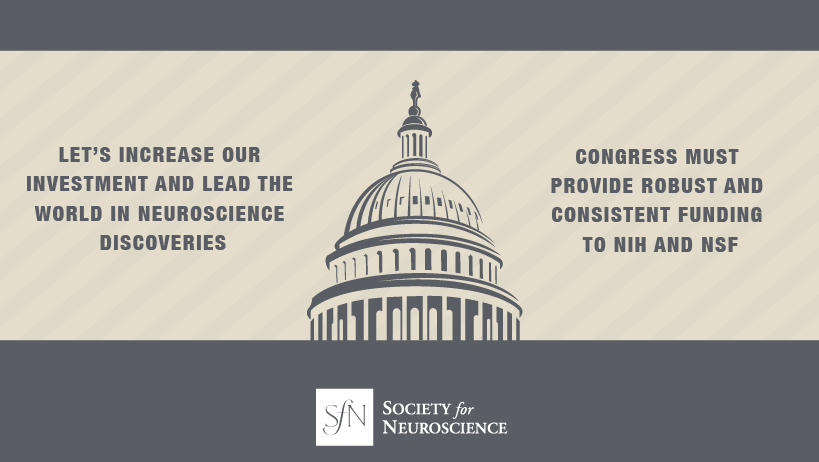U.S. Neuroscience Funding Process
Federally funded agencies such as the National Institutes of Health and the National Science Foundation are the most common funders of neuroscience research in the United States. In fact, NIH is the largest funder of biomedical research in the world. Neuroscience is also supported by the Veterans Administration, the Department of Defense, and other federal agencies.
NIH and NSF receive money through the Congressional budget and appropriations process. Each year, this process begins with the president submitting a budget proposal, containing their recommendations, to Congress in February. The Congressional budget and appropriations process is complex and, ultimately, the constitutional responsibility for passing a budget rests with the House and Senate. NIH and NSF receive funding through appropriations bills enacted by Congress (the bills contain specific funding levels for various programs) after the president signs them into law.
Neuroscience Funding Through NIH
NIH is the world’s leading biomedical research enterprise, providing essential support to U.S. neuroscience. In FY2011, funding for research in the category of “neurosciences” made up a quarter of all NIH extramural awards (research can belong to more than one category), totaling $5.55 billion for 16,472 grants to 893 organizations across the United States.
In 2004, NIH launched the NIH Blueprint for Neuroscience Research with the goal of identifying cross-cutting areas of research and confront challenges in a more collaborative way. The blueprint includes the NIH Office of the Director and 14 NIH institutes and centers involved in research on the nervous system. NIH launched Blueprint Grand Challenges in key scientific areas in 2009 to push neuroscience research even further.
For more information, read Making the Case for NIH Funding and check out SfN's handout: NIH Funding for Neuroscience Research.
Neuroscience Funding Through NSF
NSF supports basic, curiosity-driven research that allows neuroscientists and other researchers to advance groundbreaking, life-enhancing discoveries. It is the only federal agency whose ultimate mission is to support cutting-edge science. NSF supports high-risk science and engineering at the frontiers of knowledge and incorporates those frontiers into ongoing programs that provide information and service to society.
NSF investments are essential to advance brain science and help fuel economic growth. More than 50 percent of nation’s economic growth can be traced to R&D investments. Today’s investment in research will secure future economic benefits for generations to come.
Most neuroscience research at NSF falls under the Directorate for Biological Sciences, which “supports research to advance understanding of the principles and mechanisms governing life.” Neuroscience research also falls under the purview of the Division of Social and Economic Sciences, the Division of Integrative Organismal Systems, and the crosscutting initiative for Collaborative Research in Computational Neuroscience. In addition, NSF supports research in chemistry, physics, mathematics, engineering, and computer science, which has great relevance to neuroscience.
For more information, read Making the Case for NSF Funding and check out SfN's handout: NSF Funding for Neuroscience Research.



















